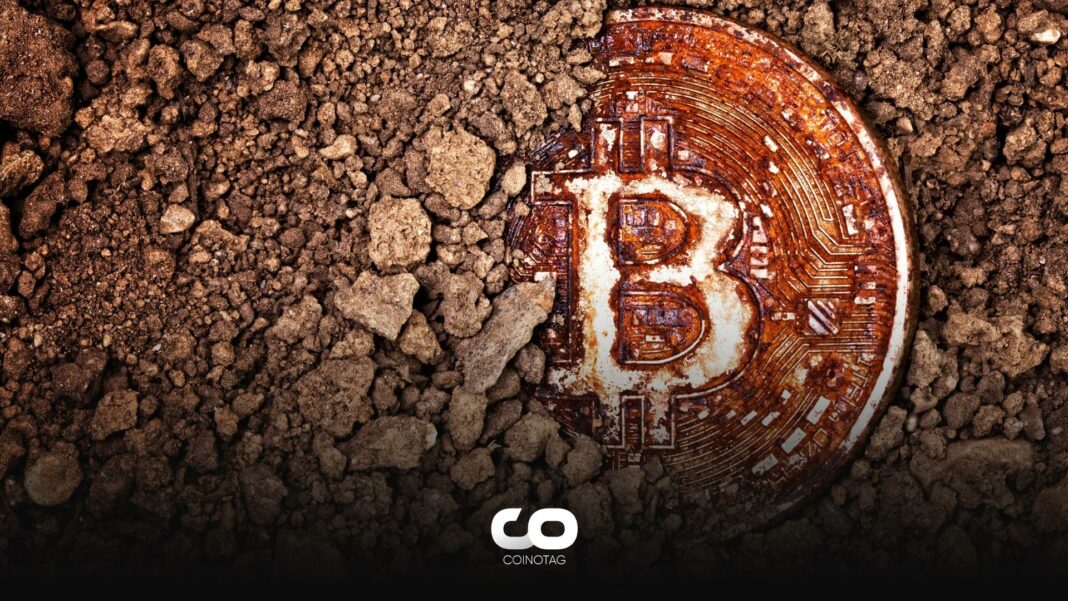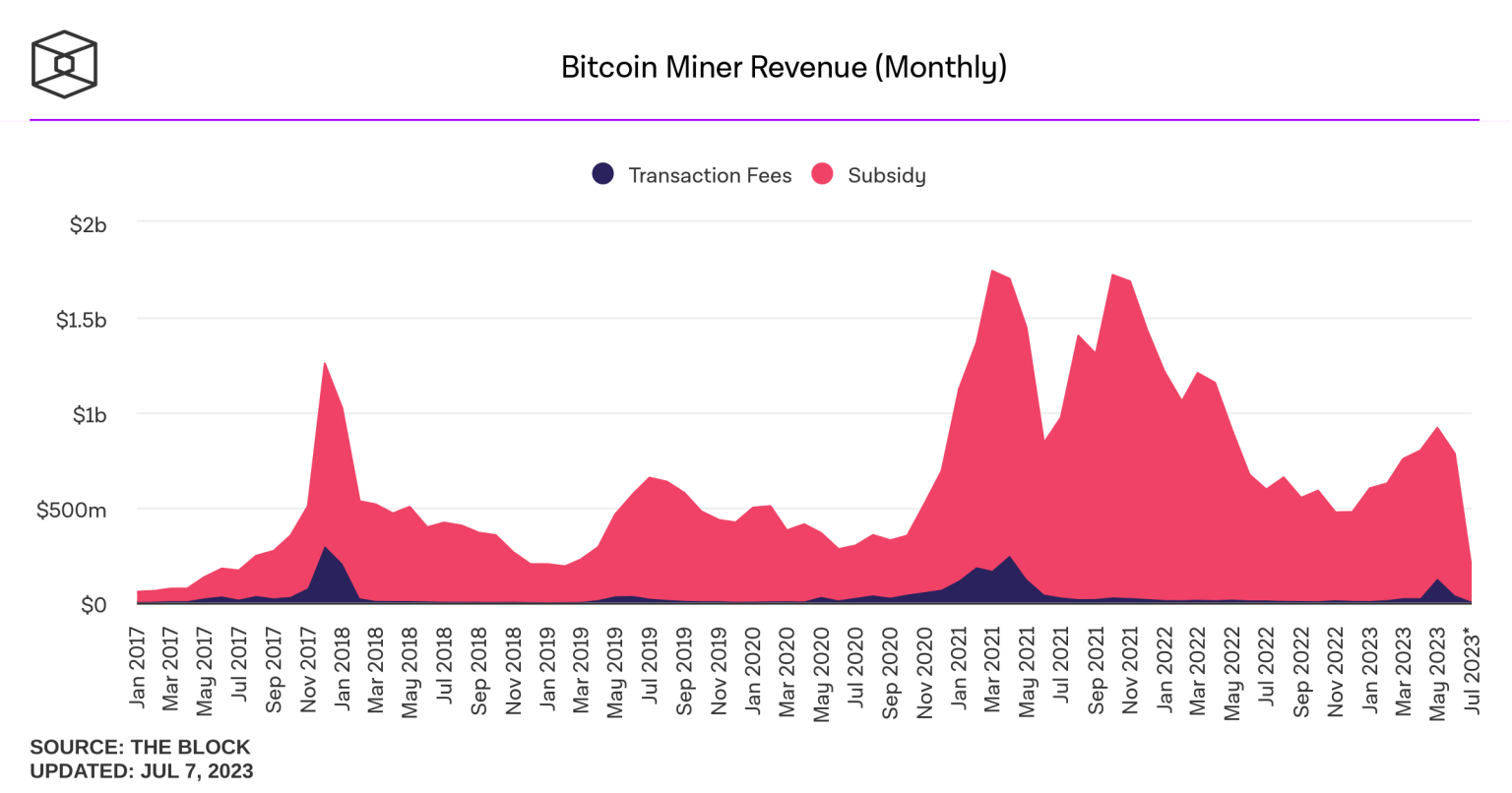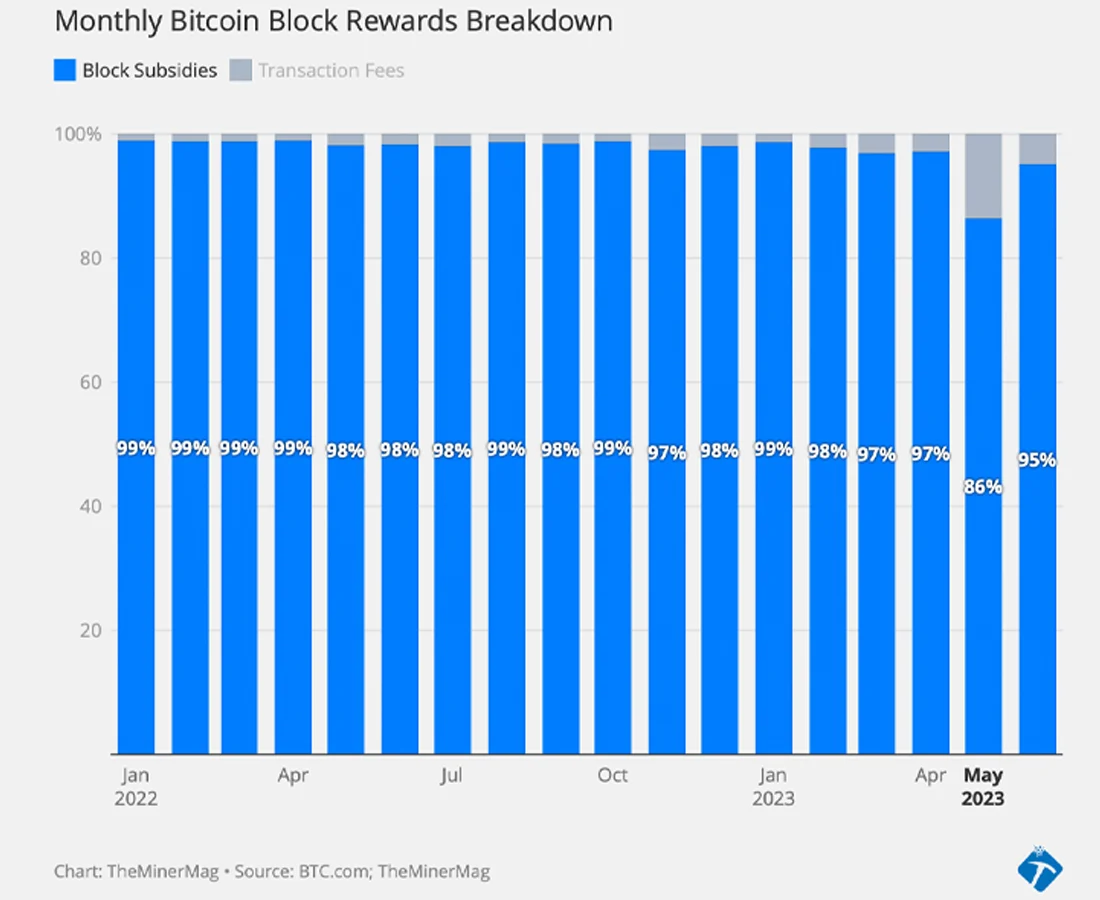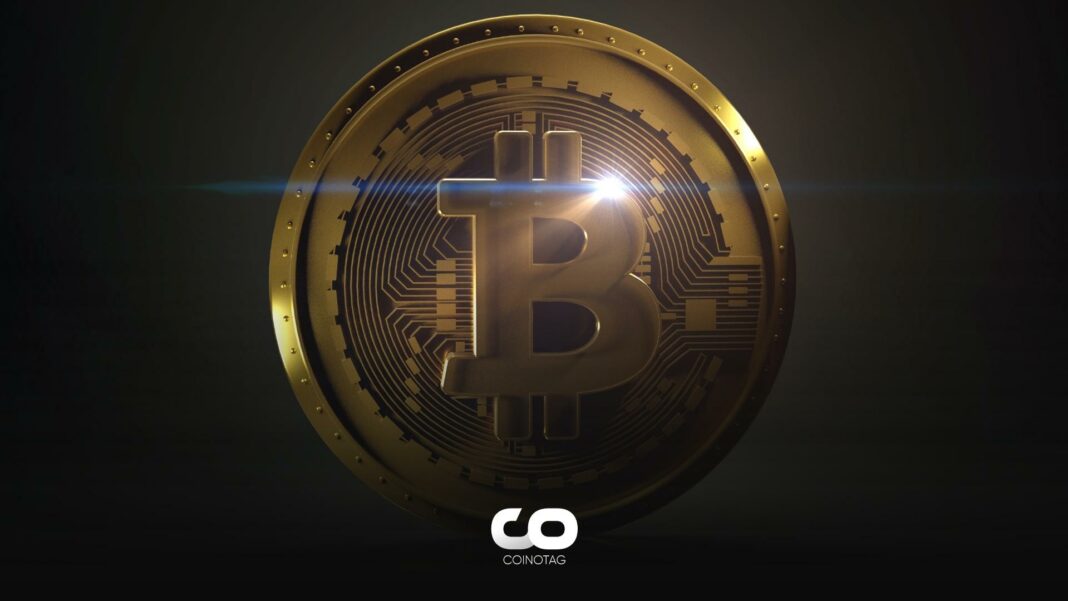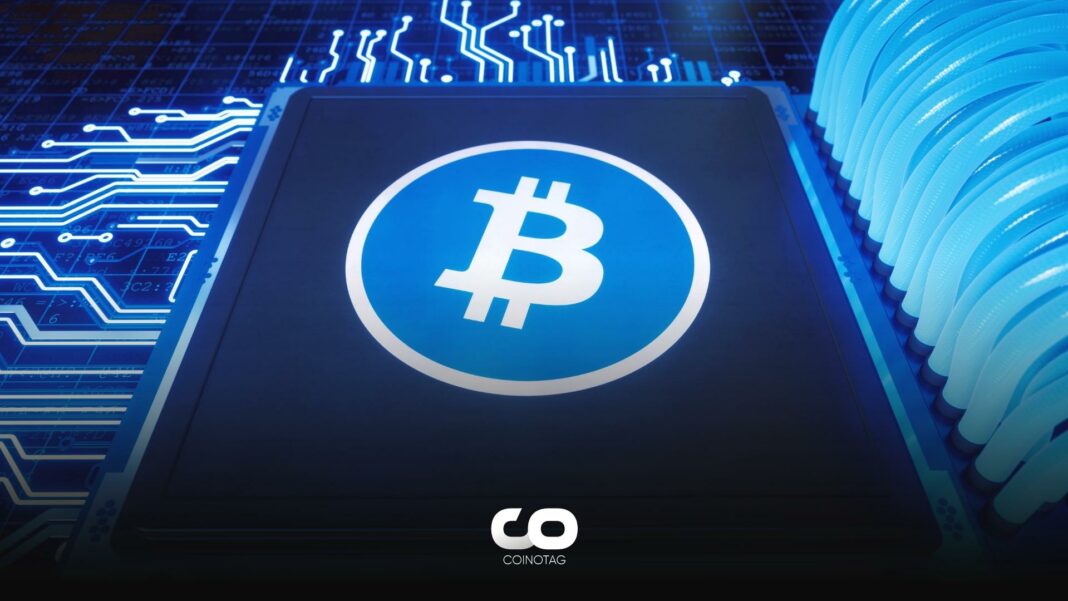- As the Bitcoin Halving event approaches, if market prices remain stagnant or decline, the mining industry will face a critical challenge in just nine months.
- Bitcoin miners earned a total revenue of $783.76 million, with block rewards accounting for $745.45 million.
- The low transaction fee rate, coupled with the reduction of rewards at each halving, has various implications for the long-term sustainability of the network.
As the Bitcoin Halving event, scheduled for 2024, approaches, challenges may arise for miners; will the decrease in block rewards lead to reduced participation?
A Deep Dive into Mining Rewards

As the Bitcoin Halving event approaches, if market prices remain stagnant or decline, the mining industry will face a critical challenge in just nine months. Typically, the price of Bitcoin (BTC) experiences a significant increase approximately six to twelve months before the Halving event.
Bitcoin (BTC) experienced an increase of over 80% in 2023. Currently, around 900 new Bitcoins (144 blocks) are entering the market each day. In just nine months, if prices continue to remain in the same range, mining participants will witness a sharp decline and earn only a reduced amount of approximately $13 million daily. According to statistics, miner fees account for only a small portion of the revenue earned by Bitcoin miners.
As of July 7, 2023, fees represented 1.89% of the earnings obtained from 144 blocks. In June, Bitcoin miners earned a total revenue of $783.76 million, with block rewards (excluding fees) totaling $745.45 million. In May, miners earned a total revenue of $919.22 million, with $793.3 million coming from block rewards, according to the data.
The fees collected in May, considering that fees did not exceed $20 million per month from December 2021 to March 2023, are quite substantial. While fees reached $246 million in April 2021, the increase compared to May was only $121 million. The highest monthly fee revenue recorded by miners to date was $297 million in December 2017.
Decrease in Block Rewards Could Reduce Miners’ Network Participation
The low transaction fee rate, coupled with the reduction of rewards at each halving, has various implications for the long-term sustainability of the network. Some advocates argue that transaction fees need to increase to mitigate potential issues. As block rewards decrease, Bitcoin miners may become less incentivized to participate in the network, especially when mining costs exceed potential rewards.
Decreased mining participation can lead to a decrease in the hash rate, making the network more vulnerable to potential attacks like a 51% attack. Larger mining operations may be the only entities capable of sustaining mining activities, potentially resulting in power concentration in a few hands. To compensate for the lack of hash power due to smaller miners exiting the market, there are two potential solutions: either the price of Bitcoin needs to significantly increase or the mining difficulty needs to decrease proportionally.
The 2024 halving will test more theories than any previous halving. This time, the reward will drop from 6.25 BTC to 3.125 BTC after the halving. After the halving, the annual inflation in the Bitcoin network will decrease from the current 1.7% to 0.84%. If the hash rate decreases due to the halving, block intervals are likely to average around 10 minutes when the network difficulty is adjusted to a lower hash rate.
Whether it’s the 2024 halving or the next one, there is a limited supply of 21 million Bitcoins, so an increase in the low fee rate may be necessary to compensate miners. Striking a balance between reducing block rewards and providing sufficient incentives to miners is crucial for the Bitcoin network to address these concerns. This balance may involve factors such as transaction fees, network scalability, and overall adoption, and it is essential for the long-term sustainability and security of the network.

